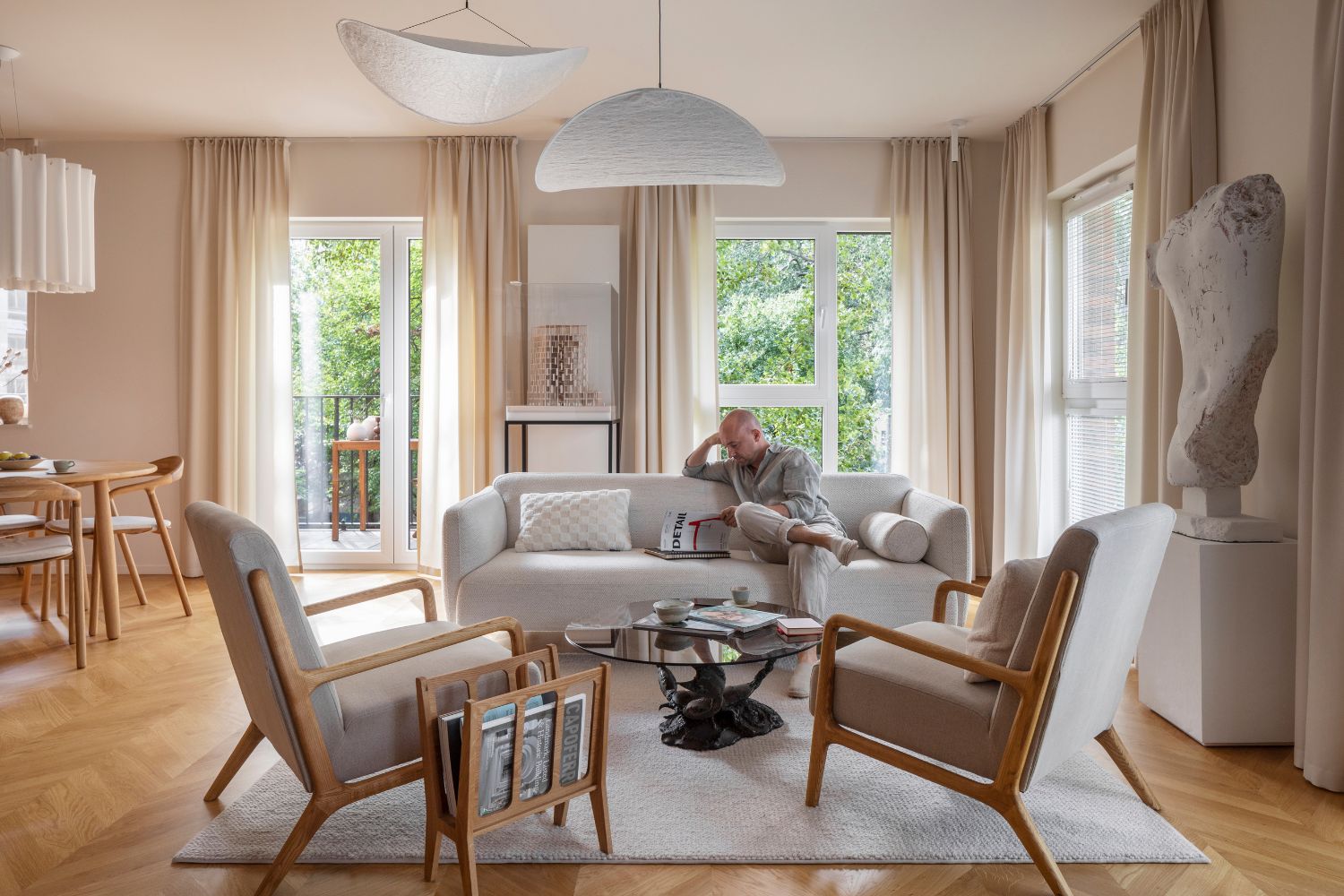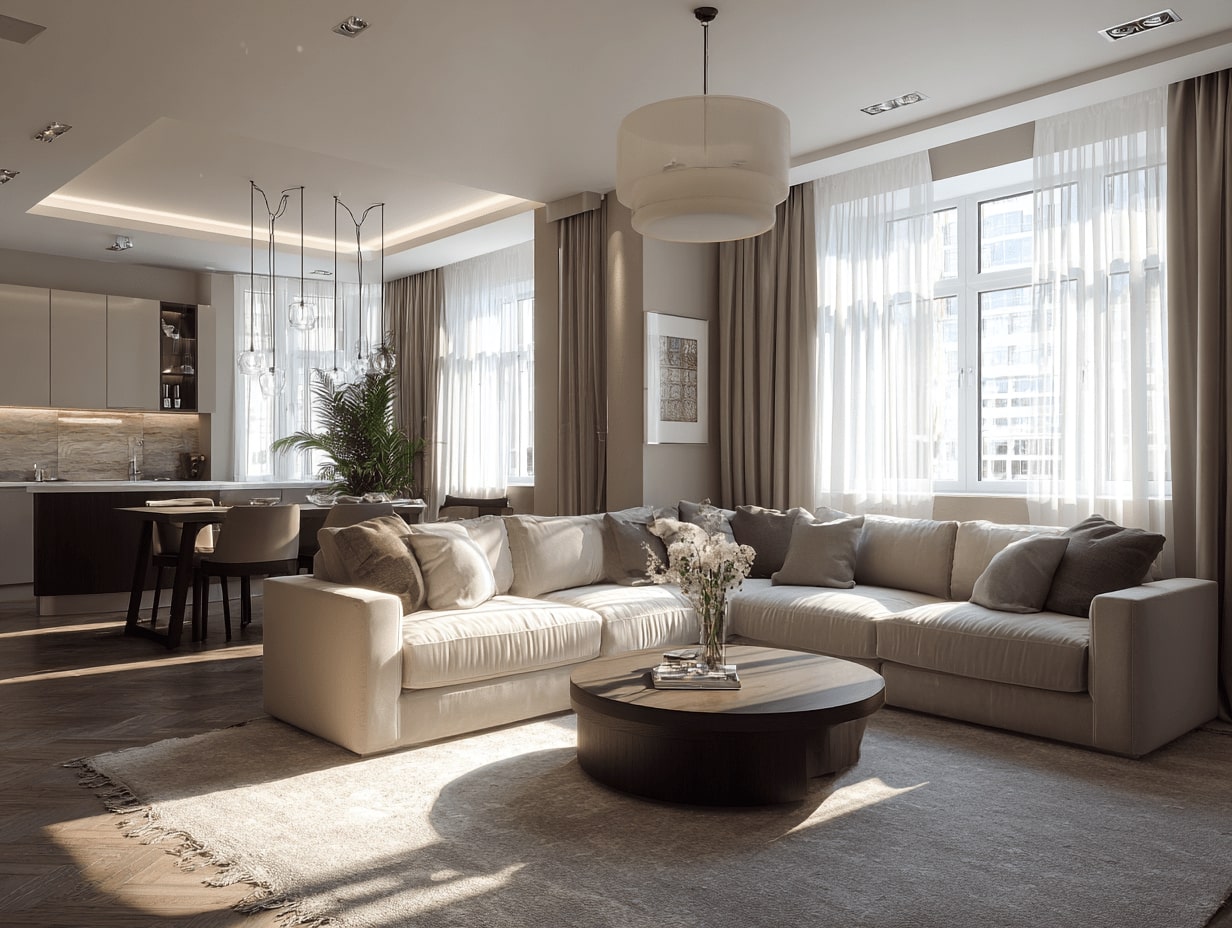- Home
- Articles
- Architectural Portfolio
- Architectral Presentation
- Inspirational Stories
- Architecture News
- Visualization
- BIM Industry
- Facade Design
- Parametric Design
- Career
- Landscape Architecture
- Construction
- Artificial Intelligence
- Sketching
- Design Softwares
- Diagrams
- Writing
- Architectural Tips
- Sustainability
- Courses
- Concept
- Technology
- History & Heritage
- Future of Architecture
- Guides & How-To
- Art & Culture
- Projects
- Interior Design
- Competitions
- Jobs
- Store
- Tools
- More
- Home
- Articles
- Architectural Portfolio
- Architectral Presentation
- Inspirational Stories
- Architecture News
- Visualization
- BIM Industry
- Facade Design
- Parametric Design
- Career
- Landscape Architecture
- Construction
- Artificial Intelligence
- Sketching
- Design Softwares
- Diagrams
- Writing
- Architectural Tips
- Sustainability
- Courses
- Concept
- Technology
- History & Heritage
- Future of Architecture
- Guides & How-To
- Art & Culture
- Projects
- Interior Design
- Competitions
- Jobs
- Store
- Tools
- More
Explore the Latest Trends in Furniture Interior Design: Sustainability, Minimalism, and Technology
Discover the dynamic future of furniture interior design as personal style meets sustainability and technology. Explore eco-friendly materials, bold hues, and multifunctional pieces that transform spaces. From minimalist elegance to smart innovations, vintage charm to vibrant statements, learn how furniture design adapts to modern lifestyles, offering versatile and chic solutions for every home.

As we step into a new era of interior design, furniture trends are evolving faster than ever. Our living spaces are becoming more than just functional areas—they’re reflections of our personalities and lifestyles. This year, we’re witnessing a fascinating blend of sustainability, innovation, and timeless elegance in furniture design.
Sustainability is at the forefront, with designers embracing eco-friendly materials and practices. We’re seeing a surge in repurposed and reclaimed pieces that not only reduce waste but also add unique character to our homes. Meanwhile, technology is making its mark with smart furniture that seamlessly integrates into our digital lives.
Minimalism remains a strong influence, but it’s now paired with bold, expressive elements. Think clean lines with vibrant colors or statement pieces that capture attention. As we explore these trends, it’s clear that the future of furniture design is all about creating spaces that are as dynamic and diverse as we are.

Table of Contents
ToggleEmbracing Minimalism
Minimalism remains a defining trend in furniture interior design, focusing on simplicity and functionality. It captivates through its clean lines and adaptability.
Clean Lines and Simplicity
Minimalist furniture often features sleek and unembellished designs. Straight or gently curved lines dominate, creating a serene visual appeal. Materials like wood, metal, and glass are often used, emphasizing neutral color palettes. This approach reduces clutter and fosters tranquility in living spaces.
Functional and Flexible Pieces
Functionality stands at the core of minimalist design. Pieces often serve multiple purposes, like a sofa bed or an extendable dining table. Modular furniture allows easy adaptation to different spaces, accommodating changing needs without sacrificing style or comfort. Such adaptability ensures our homes remain as efficient as they are aesthetically pleasing.
Sustainable Design Movement
Sustainability has become a fundamental aspect of interior design. As consumers become more environmentally conscious, the furniture industry adapts to meet these demands through innovative practices.
Use of Recycled Materials
Furniture designers embrace recycled materials, shifting away from traditional options. Reclaimed wood, repurposed metal, and recycled plastic present in contemporary pieces not only reduce waste but also offer unique aesthetics. Companies transform discarded items into stylish furniture, making sustainability an integral part of their identity.
Eco-friendly Manufacturing Processes
Efforts to minimize the environmental footprint have led to new manufacturing techniques. Many brands adopt sustainable practices, such as reducing energy consumption through efficient machinery and utilizing non-toxic finishes to safeguard air quality. These strategies ensure that production is both responsible and resource-efficient.

Bold Colors and Patterns
Bold colors and patterns have emerged as a pivotal trend in furniture interior design. These elements create lively and inviting spaces that reflect individual style and creativity.
Popular Color Combinations
Color combinations now push boundaries by blending contrasting hues. Blue and orange add vibrancy to living areas. Green and pink create a sophisticated yet playful environment. Black and white offer timeless elegance and are often accentuated by metallics for a modern twist. These dynamic pairs invigorate spaces with striking visual appeal.
Statement Furniture Pieces
Statement furniture pieces have evolved into central elements of bold designs. Chairs with geometric shapes become focal points in any room. Patterned sofas in rich materials command attention and invite comfort. Painted cabinets serve as colorful canvases, showcasing artistry and craftsmanship. These distinctive pieces express personality and transform interiors into unique, engaging environments.

Vintage and Retro Revival
The charm of the past is resurfacing in our homes. Retro designs bring nostalgia, while vintage pieces add elegance and character.
Incorporating Antique Pieces
Our spaces become unique when we introduce antique furniture. Classic items like a Victorian credenza or a 1920s Art Deco lamp offer authenticity. These pieces tell stories, giving depth and history to decor. Auction houses and specialized online platforms provide access to genuine antique items. Quality matters, so choose well-preserved pieces that withstand daily use.
Blending Modern with Vintage Styles
Harmonizing old and new enhances interiors without overpowering either style. Mid-century modern tables paired with contemporary chairs illustrate this balance. Integrating vintage textiles like Persian rugs into minimalist settings adds warmth. This fusion creates a dynamic atmosphere, unifying different design eras while maintaining a cohesive look.
Smart and Tech-integrated Furniture
Smart furniture is revolutionizing how we interact with our living spaces. By incorporating technology, these pieces enhance comfort and functionality, offering a glimpse into the future of interior design.
Features and Innovations
Smart furniture comes equipped with cutting-edge features designed to improve user experience. For example, tables now include built-in wireless charging spots, allowing devices to charge seamlessly. Sofas with integrated speakers and lighting systems create immersive entertainment environments. Beds with adjustable settings cater to individual comfort with ease. Intelligent storage solutions, like cabinets with inventory tracking, streamline organization by notifying users of item locations. Such innovations exemplify how furniture is evolving to meet the demands of modern lifestyles.
Impact on Daily Living
Integrating technology into furniture significantly enhances convenience and efficiency in our daily routines. Smart desks promote productivity by adjusting heights for ergonomic working conditions. Connected coffee tables incorporate refrigeration units, keeping refreshments within arm’s reach during leisure time. In energy management, connected blinds and curtains optimize natural light usage to reduce electricity consumption. These tech-integrated elements facilitate a more comfortable, efficient living experience, aligning with our increasingly connected world.

Multifunctional Spaces
As the demand for versatile and efficient interiors grows, multifunctional spaces have become crucial in modern furniture design. Designers focus on creating adaptable environments that cater to diverse activities and lifestyles within the same area.
Furniture for Small Living Areas
Urbanization has led to smaller living spaces, making multifunctional furniture essential. Innovative pieces like foldable wall beds create sleeping areas that disappear when not in use. Adjustable shelving units provide customizable storage solutions, easily adapting to various needs. Convertible sofas transform into guest beds, allowing living rooms to serve multiple purposes without sacrificing style.
Adapting to Work-from-home Trends
The increase in remote work has reshaped our home environments, necessitating multifunctional workspaces. Compact desks accommodate limited space while offering integrated storage for essential items. Height-adjustable tables facilitate ergonomic settings for longer work periods. Multi-use office chairs provide comfort for both work and leisure activities, seamlessly blending into existing decor. These adaptations ensure efficient and comfortable home offices.
- bedroom furniture recommendations
- best furniture for living room
- budget furniture recommendations
- custom furniture advice
- durable furniture materials
- eco-friendly furniture options
- finding furniture for interiors
- furniture arrangement ideas
- furniture buying guide
- Furniture Design Tips
- furniture for small spaces
- furniture style enhancement
- luxury furniture choices
- minimalist furniture tips
- modern furniture ideas
- optimizing furniture placement
- practical furniture selection
- rustic furniture selection
- versatile furniture pieces
illustrarch is your daily dose of architecture. Leading community designed for all lovers of illustration and #drawing.
Submit your architectural projects
Follow these steps for submission your project. Submission FormLatest Posts
Modern American Homes: Interior Design Trends to Watch in 2026
Interior design in the United States is evolving toward warmer, more adaptable,...
BXB Studio’s Hybrid Interior: Redefining the Modern Architectural Workplace
The Warsaw headquarters of BXB Studio was established in a modest 70...
How Furniture Design Shapes Interior Atmosphere
Discover how furniture design shapes interior atmosphere with practical cues on style,...
5 Must-Know Interior Design Trends in American Homes
From warm minimalism to bold oversized artwork, these five interior design trends...












Leave a comment